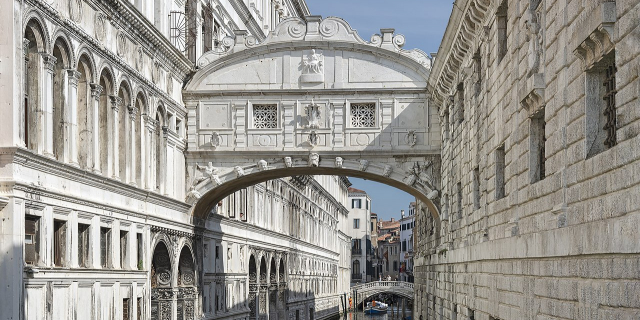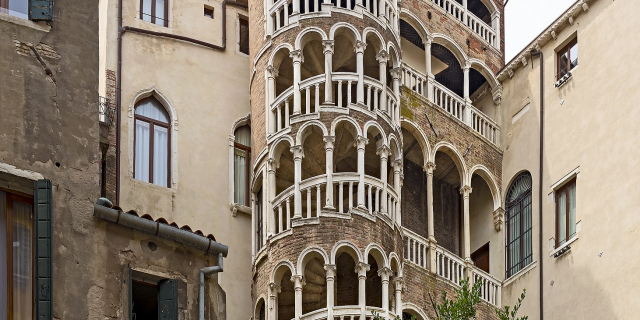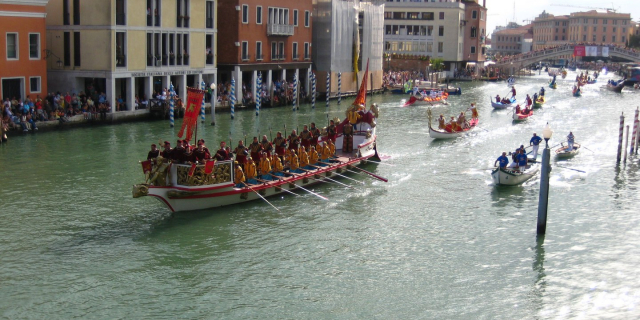The Carnival of Venice (Italian: Carnevale di Venezia) is an annual festival held in Venice, Italy, famous throughout the world for its elaborate costumes and masks. The Carnival ends on Shrove Tuesday (Martedì Grasso or Mardi Gras), which is the day before the start of Lent on Ash Wednesday.
The Carnival traces its origins to the Middle Ages, existing for several centuries until it was abolished in 1797. The tradition was revived in 1979, and the modern event now attracts approximately 3 million visitors annually.
 Carnival in Venice, by Giovanni Domenico Tiepolo, 1750
Carnival in Venice, by Giovanni Domenico Tiepolo, 1750According to legend, the Carnival of Venice began after the military victory of the Venetian Republic over the Patriarch of Aquileia, Ulrich II von Treven, in the year 1162. In honour of this victory, the people started to dance and gather in St Mark's Square. Apparently, this festival started in that period and became official during the Renaissance.[1] In the 17th century, the Baroque Carnival preserved the prestigious image of Venice in the world.[2] It was very famous during the 18th century.[3] It encouraged licence and pleasure, but it was also used to protect Venetians from present and future anguish.[4] However, under the rule of the Holy Roman Emperor and later Emperor of Austria, Francis II, the festival was outlawed entirely in 1797 and the use of masks became strictly forbidden. It reappeared gradually in the 19th century, but only for short periods and above all for private feasts, where it became an occasion for artistic creations.[5]
After a long absence, the Carnival returned in 1979.[6] The Italian government decided to bring back the history and culture of Venice and sought to use the traditional Carnival as the centrepiece of its efforts. The redevelopment of the masks began as the pursuit of some Venetian college students for the tourist trade. Since then, approximately 3 million visitors have been coming to Venice every year for the Carnival.[7] One of the most important events is the contest for la maschera più bella ("the most beautiful mask"), which is judged by a panel of international costume and fashion designers. Since 2007 the winners have been:
2007: La Montgolfiera by Tanja Schulz-Hess. 2008: Luna park by Tanja Schulz-Hess. 2009: The voyages of Marco Polo by Horst Raack and Tanja Schulz-Hess. 2010: Pantegane from England. 2011: La famille Fabergé by Horst Raack, and Ommagio a Venezia by Paolo and Cinzia Pagliasso and Anna Rotonaia, best costume for the official theme 19th century by Lea Luongsoredju and Roudi Verbaanderd. 2012: Il servizio da thè del settecento (teatime) by Horst Raack, most creative costume Oceano by Jacqueline Spieweg. 2013: Alla Ricerca del Tempo Perduto by Anna Marconi, most colourful costume Luna Park. 2014: Una giornata in campagna by Horst Raack, and Radice Madre by Maria Roan di Villavera. 2015: Le stelle dell'amore by Horst Raack, best costume for the official theme La regina della cucina veneziana by Tanja Schulz-Hess, most creative costume Monsieur Sofa et Madame Coco by Lorenzo Marconi. 2016: I bagnanti di Senigallia by Anna and Lorenzo Marconi, best costume for the official theme I caretti siciliani by Salvatore Occhipinti and Guglielmo Miceli. 2017: Il signore del bosco by Luigi di Como. 2018: L'amore al tempo del campari by Paolo Brando. 2019: I bambini della luce by Horst Raack, best traditional costume matrimonio all'italiana by Borboni si Nasce, most original costume Paguri by Nicola Pignoli and Ilaria Cavalli.In February 2020, the Governor of Veneto Luca Zaia announced the decision to call off the Carnival celebrations in an attempt to contain the spread of the coronavirus disease.[8]
2022: Dragon Baby by Cinzia Mandrelli from Rimini and her brother Piersante.[9] 2023: Astrostar by Karen Duthoit. Second was 4 elements: fire, air, earth, water by Alissa Karaeva from Pesaro, and third was Processione a San Marco by Simone Fracca from Bologna.[10]






























Add new comment